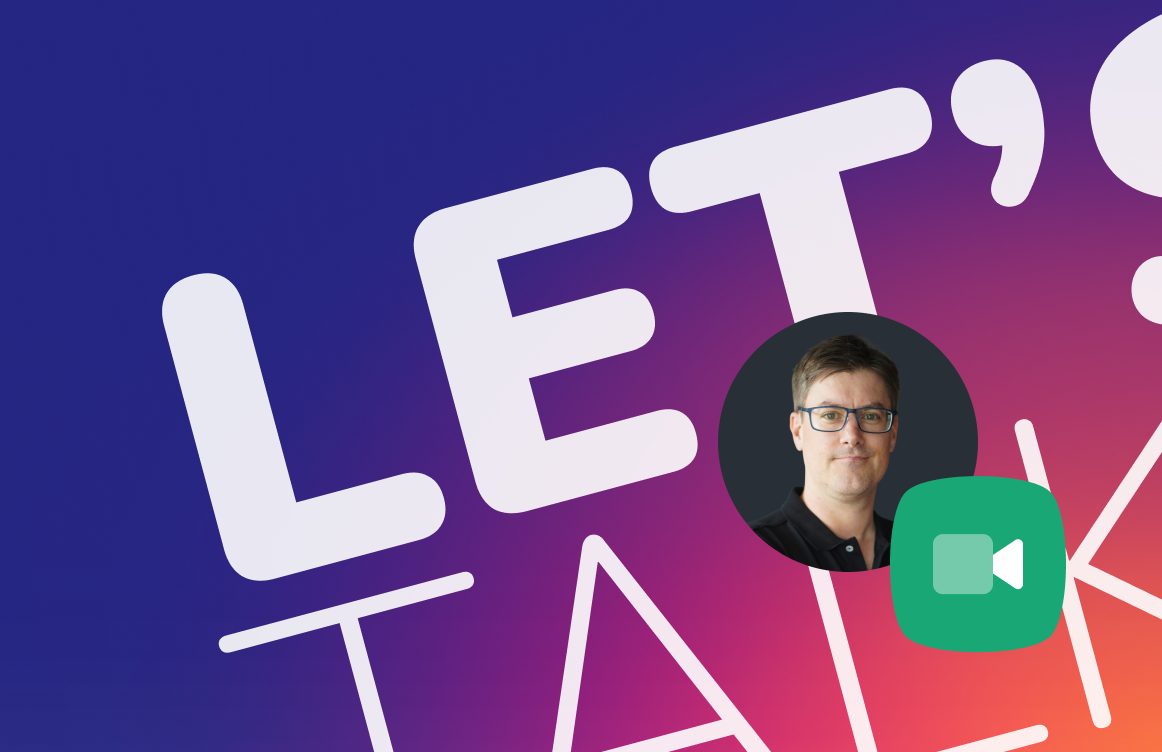
A lot has been written about marketing personas, including what they are, why you need to create several personas for your brand and how to effectively integrate them in your marketing.
Today’s customers expect brands to care about them, to understand their needs and offer solutions that are specifically tailored to their unique situation.
For a company to meet and exceed these expectations, it must have a complete picture of who their core customers are, which as it turns out, is what marketing personas aim to achieve.
Having detailed customer personas is the first step in developing branding, marketing campaigns that truly speak to your audience.
Customer personas typically provide insights into a target audience’s behaviour, demographics, pain points and other targeted information. With these data, one can then go on to craft specific, direct and compelling campaigns that address customers’ needs.
From experience, we know our most effective marketing activities are those we spent enough time understanding the target audience and then creating campaigns that directly target a segment of our customer base instead of just being generic.
Interestingly, data from research also supports this experience. In an article published on HBR, researchers: Rebecca Walker Reczek, Christopher Summers, and Robert Smith found that targeted advertisements are twice as effective as non-targeted ads.
So, here is our step-by-step guide on how to create buying personas for your company or brand:
#1 Roughly Define The Target Audience
In the beginning, when building customer personas, you usually don’t have much information to work with since your knowledge of the customers are limited at this point.
Making educated assumptions and roughly defining the target audience helps provide a sense of direction and important data points to focus on during the next step.
For example, if you have been working on a new product, you may know enough about the product to make intelligent guesses about your end users.
However, as we believed and often advocate at Bright IT, the most proven way to learn more about any given target audience is to research and interview them where possible, conduct surveys to get first hand opinion and or dig into website analytics to see how they utilise and consume content on the site.
The bottom line is: don’t rely on assumptions, make sure to back up guesswork with cold hard data.
#2 Research an Collect Data
Whether you are a new business or rolling out new products or services, there are several customer data sources you can utilize to build sets of data-backed buying personas.
The strategy for collecting customer data can be broadly grouped into two:
Internal sources
External sources
The first place to start, especially for existing brands, is with the customer information they already have.
For example, studying CRM databases could help shed new light on customers’ behaviours and preferences.
The frontline customer facing teams are another veritable source of data you may want to explore. Get the sales and customer support teams involved in creating customer personas as they are the people in your organisation who typically have direct contact with customers.
If you have Google Analytics implemented on your website, you may want to dig into the trove of data the tracking tool provides to learn more about your customers. The web analytics tool lets you see an array of important data that could help you better understand your customers.
For instance, you can see what search terms visitors used to discover your site and the referring website and even the pages they visited. Combined, these data points help highlight customers’ interests, pain points, demographic, location and other important information.
External customer persona data sources
After exhausting available internal customer data sources, the next step is to look outward to gather more information about the target audience.
Interview customers
One obvious but effective method you can quickly deploy is to interview existing customers. The interview can be over the phone or in-person.
However, be sure to give advance notice to interviewees and have a clear process in place to ensure smooth interviewing. It’s important to write down questions you want to cover and keep them handy to ensure you don’t miss anything.
You may also want to consider recording the phone call or interview so you can go over the answers later to get insights you may have missed earlier.
Surveys
Running surveys is another way to gather useful customer data to help create personas for your brand. The good thing about surveys is that they can be conducted online – on your website.
Open-ended questions ensure that you receive a broad range of qualitative data from your customers. Simple Yes or No questions often don’t provide enough valuable information to understand customer behaviors and motivations.
When creating surveys, you want to ask questions that help provide the broadest range of answers to different aspects of the customer persona. For example, you want the survey to cover the following:
Demographic questions
Answers to the questions in this category provide basic information about the customer. Examples of queries you can ask include:
What is your marital status?
Where do you live?
What is your age?
Do you have children?
What is your household income level?
Pain point questions
It’s important to understand the target audience’s fears, challenges and motivators – so that you can better position your products or services as the solution. Here are sample questions to ask:
What is the most frustrating part of your day?
What do you worry about?
What accomplishments are you most proud of?
What makes you nervous?
What daily activity do you find the most stressful?
Purchasing behavior questions
The goal with the questions in this category is to help you understand customer behavior and how they make purchasing decisions and how to reach them more effectively.
Where do you prefer to do your shopping?
How important is it to get a good deal?
How do you prefer to interact with vendors?
What offline resources do you use?
What online resources do you use?
Where do you go to learn about a product or service?
Daily life questions
The answers here provide a glimpse into your customers’ day to day life. You want to ask questions like:
What does a typical day look like for you?
How much time do you spend commuting to work?
How do you spend your free time?
Who are the most important people in your life?
What programs do you watch on television?
Career focused questions
If you are in the B2B space, you may want to learn about your customers’ professional life.
In what industry do you work?
What is the size of your company?
What is your current job title?
To what job level do you aspire?
What is your education level?
How long have you been in your current position?
#3 Map Audience into Groups
As you analyse the mountain of data you’ve just received about your customers, a recurring theme will begin to play out. You will notice clusters of attributes start to emerge.
Each cluster represents customers with similar goals, preferences, backgrounds and so on.
What you typically do at this stage is to map these clusters into groups – user groups, which often form the basis for the different personas we’ll finally create.
At the end of this exercise, you should usually come up with a maximum of three different buying personas. Defining more than three personas mostly end up in having quite similar personas which are hard to distinguish and to provide with unique, personalised targeted content.
#4 Build Draft Personas
Time to flesh out and add more details to each user group you have identified in the previous step. You can also give a descriptive name to each grouping now to further differentiate them.
With this in place, you will then move to the next task, which is writing a summary for the persona. We recommend going back to your research notes to pull out relevant details for each persona.
The summary provides a quick overview of the persona – so you want to make sure it captures all the important details. Also, review the summary for each persona to ensure there is not too much overlap between personas; aim to make each persona sufficiently unique.
Once the summary is ready, add other sections to provide a fuller description of your persona. Create a bulleted list to describe your persona’s pain points, goals, preferences, motivations, expectations, and so on.
The persona is almost ready now, however, include these other components to complete the process:
Your persona’s age
Location
Favorite quote
Photo
A word of caution though, be sure not to make your personas too long to make it difficult to read. The rule of thumb is to only include relevant and important details that add value to the overall image you aim to create.
#5 Design and Visualize The Persona Document
Breathe life into your personas by visualising them. Use graphic and design tools to create aesthetically pleasing persona documents that are memorable and ready to be included in presentations.
At this stage, you want to copy and edit your personas to remove any spelling mistakes and ensure the document reads effortlessly.



